Home>Maintenance & Safety>Child & Elderly Safety at Home>What Does “LL” Mean On A Baby Monitor
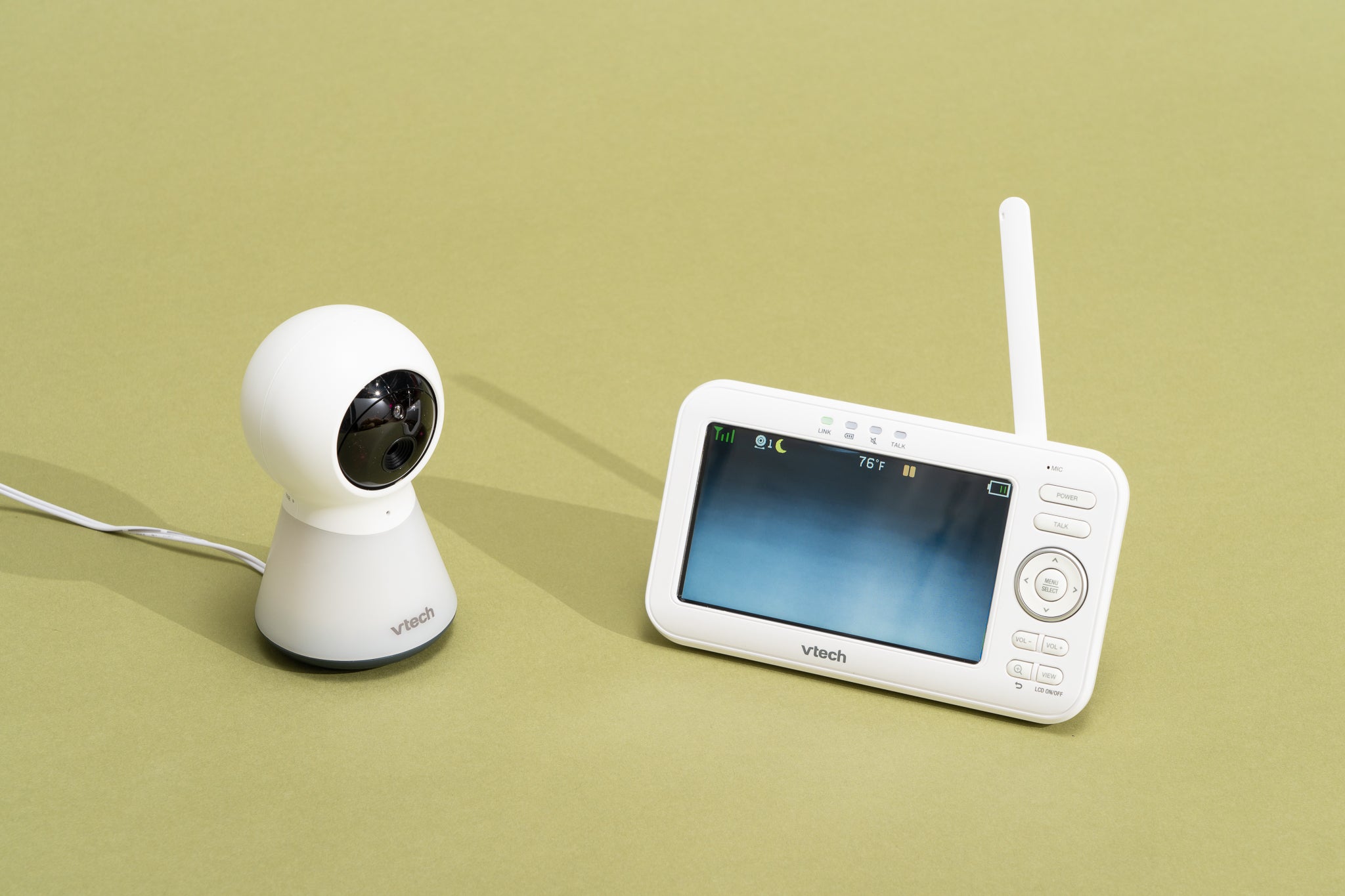

Child & Elderly Safety at Home
What Does “LL” Mean On A Baby Monitor
Modified: January 14, 2024
"LL" on a baby monitor stands for "low battery" and is crucial for child and elderly safety at home. Learn how to address this alert and ensure continuous monitoring.
(Many of the links in this article redirect to a specific reviewed product. Your purchase of these products through affiliate links helps to generate commission for Storables.com, at no extra cost. Learn more)
Introduction
Welcome to the world of parenting, where ensuring the safety and well-being of your little ones is a top priority. As a parent, guardian, or caregiver, you’re likely familiar with the peace of mind that baby monitors bring. These devices allow you to keep a watchful eye and ear on your sleeping baby, providing reassurance and allowing you to attend to their needs promptly.
However, encountering unfamiliar symbols or notifications on your baby monitor can be a cause for concern. One such symbol is “LL,” which may appear on the monitor’s display. Understanding the meaning of “LL” is crucial for ensuring the continued functionality and effectiveness of your baby monitor.
In this comprehensive guide, we’ll delve into the significance of “LL” on a baby monitor, unraveling its meaning and providing troubleshooting tips to help you address any issues associated with this display message. By the end of this article, you’ll be equipped with the knowledge and confidence to navigate the world of baby monitors with ease, ensuring a safe and secure environment for your little one.
Key Takeaways:
- Keep an eye out for “LL” on your baby monitor – it means the battery is low. Recharge or replace the battery promptly to ensure uninterrupted monitoring of your little one.
- Understanding “LL” empowers you to troubleshoot and resolve the low battery issue, ensuring your baby monitor remains a reliable tool for keeping your little one safe and sound.
Read more: What Does Toco Mean On A Baby Monitor
Understanding “LL” on a Baby Monitor
So, what does “LL” actually mean when it appears on your baby monitor? LL” typically stands for “Low Battery” or “Low Battery Level.” This alert is designed to notify you that the battery powering the baby monitor is running low and requires attention. It serves as a proactive measure to prevent unexpected power loss, ensuring that the monitor continues to function uninterrupted, especially during critical moments when you rely on it to keep an eye on your little one.
When the “LL” indicator appears, it’s essential to take prompt action to address the low battery situation. Failing to do so may result in the monitor shutting down, potentially leaving you unaware of your baby’s activities and well-being, which can be a source of anxiety for any caregiver.
It’s important to note that the specific design and features of baby monitors can vary, so the appearance of “LL” may differ between models. Some monitors may display “LL” alongside a battery icon, while others may solely use the “LL” abbreviation to convey the low battery status. Regardless of the visual representation, the message remains consistent: the monitor’s battery requires attention.
Understanding the significance of “LL” empowers you to respond proactively, ensuring that the baby monitor remains operational and reliable. By promptly addressing the low battery notification, you can maintain a constant line of communication with your baby, providing the attentive care and supervision they need.
Now that we’ve unraveled the meaning of “LL” on a baby monitor, let’s explore the necessary steps to troubleshoot and resolve this issue, safeguarding the seamless functionality of your baby monitor.
“LL” on a baby monitor usually means “Low Battery.” Make sure to keep the monitor charged to avoid interruptions in monitoring your baby.
Troubleshooting “LL” on a Baby Monitor
Encountering the “LL” alert on your baby monitor signals the need for immediate troubleshooting to address the low battery situation. Here are the essential steps to effectively resolve the “LL” issue and ensure that your baby monitor continues to operate optimally:
- Replace or Recharge the Battery: The most common cause of the “LL” alert is a depleted battery. If your baby monitor operates on rechargeable batteries, promptly connect it to the charger to replenish the power. For monitors with replaceable batteries, ensure you have a fully charged spare battery on hand to swap out the depleted one swiftly. By maintaining a charged battery or a backup ready, you can swiftly address the “LL” alert and prevent any interruptions in monitoring your baby.
- Check the Power Source: If your baby monitor operates on mains power with a battery backup, ensure that the power source is functioning correctly. Verify that the power cord is securely connected, and if applicable, confirm that the battery backup is adequately charged. A stable power source is vital for the consistent operation of your baby monitor.
- Clean the Battery Contacts: Over time, dirt and residue can accumulate on the battery contacts within the monitor and on the batteries themselves, hindering the flow of power. Carefully clean the battery contacts using a dry cloth or a cotton swab dipped in isopropyl alcohol to ensure optimal connectivity and power transfer.
- Monitor for Persistent Issues: After addressing the low battery situation, monitor the baby monitor (pun intended!) for any recurring “LL” alerts. If the alert persists despite your troubleshooting efforts, it may indicate an underlying issue with the battery or the monitor itself. In such cases, referring to the manufacturer’s instructions or seeking professional assistance can help diagnose and resolve the issue effectively.
By following these troubleshooting steps, you can address the “LL” alert on your baby monitor with confidence, ensuring that it remains a reliable tool for monitoring your little one’s well-being.
Remember, a proactive approach to addressing the “LL” alert not only ensures uninterrupted monitoring but also provides peace of mind, allowing you to focus on caring for your baby without concerns about the functionality of the monitor.
Conclusion
As we conclude our exploration of the “LL” alert on baby monitors, it’s evident that understanding and effectively addressing this notification is crucial for maintaining a secure and attentive environment for your little one. By recognizing that “LL” typically signifies a low battery, you can take proactive steps to troubleshoot and resolve this issue, ensuring the continued functionality of your baby monitor.
Through prompt action, such as recharging or replacing the battery, verifying the power source, and cleaning the battery contacts, you can swiftly address the “LL” alert and prevent any interruptions in monitoring your baby. By doing so, you uphold a constant line of communication and supervision, fostering a sense of security and reassurance for both you and your little one.
It’s important to approach the “LL” alert as an opportunity to maintain the reliability of your baby monitor, rather than as a cause for concern. By staying informed and taking proactive measures, you can navigate the world of baby monitors with confidence, ensuring that they continue to serve as invaluable tools in safeguarding your child’s safety and well-being.
As you embark on this journey of parenthood, remember that each challenge, including decoding alerts on baby monitors, presents an opportunity for growth and learning. By staying informed and equipped with the necessary knowledge, you can navigate these challenges with grace and confidence, creating a nurturing and secure environment for your little one.
With the insights gained from this guide, you’re now well-prepared to address the “LL” alert on your baby monitor, ensuring that it remains a steadfast companion in your parenting journey. Embrace the peace of mind that comes with understanding and effectively managing the “LL” alert, and cherish the moments spent caring for and watching over your precious little one.
Frequently Asked Questions about What Does "LL" Mean On A Baby Monitor
Was this page helpful?
At Storables.com, we guarantee accurate and reliable information. Our content, validated by Expert Board Contributors, is crafted following stringent Editorial Policies. We're committed to providing you with well-researched, expert-backed insights for all your informational needs.
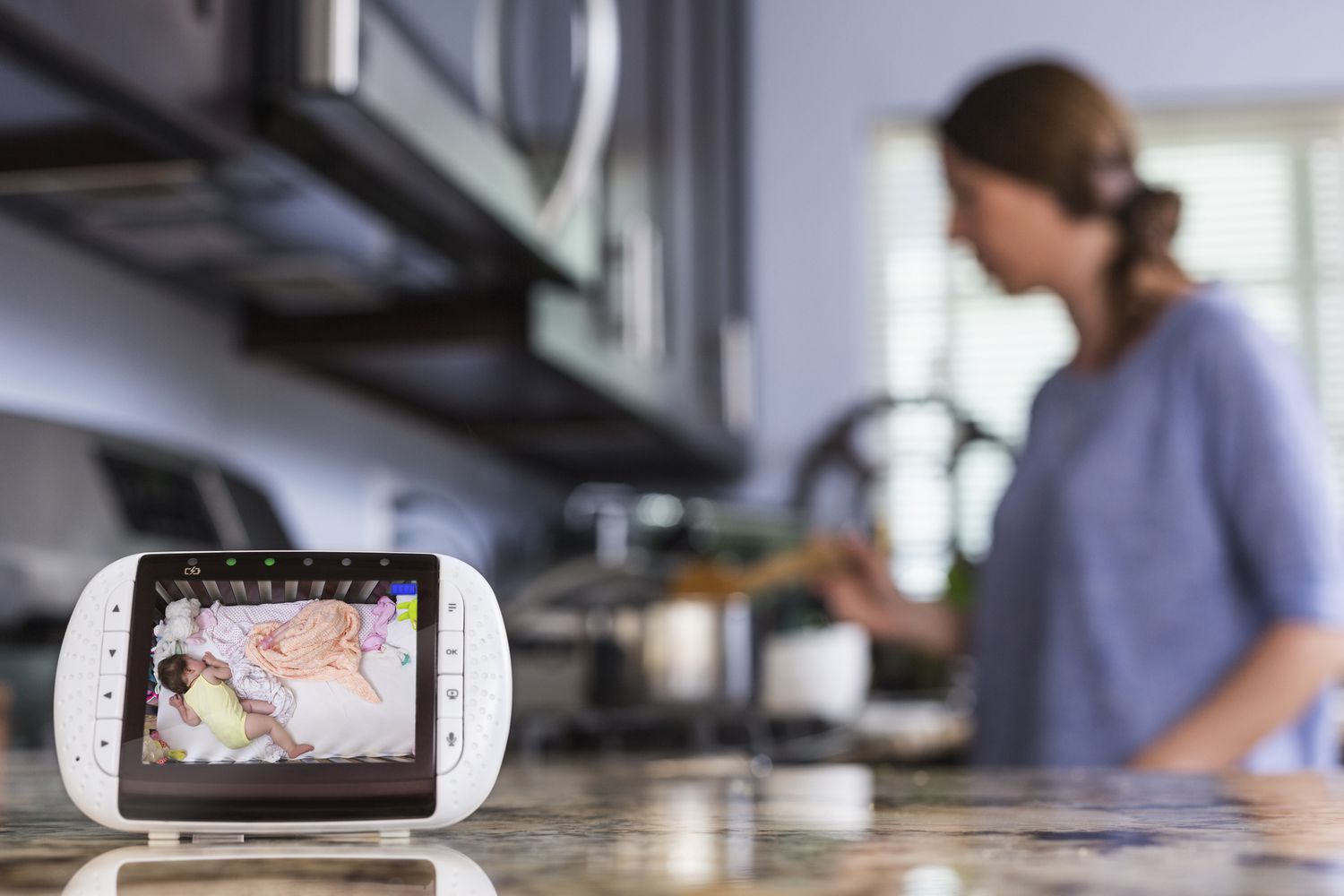

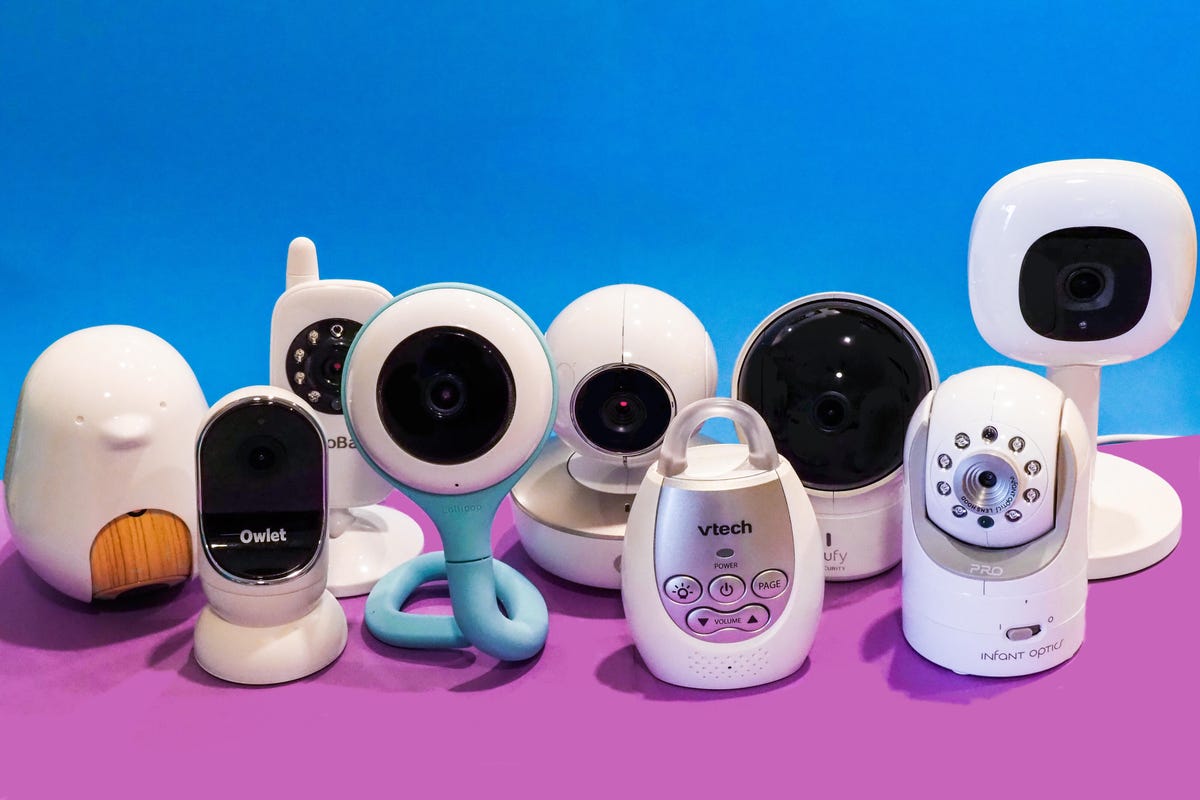
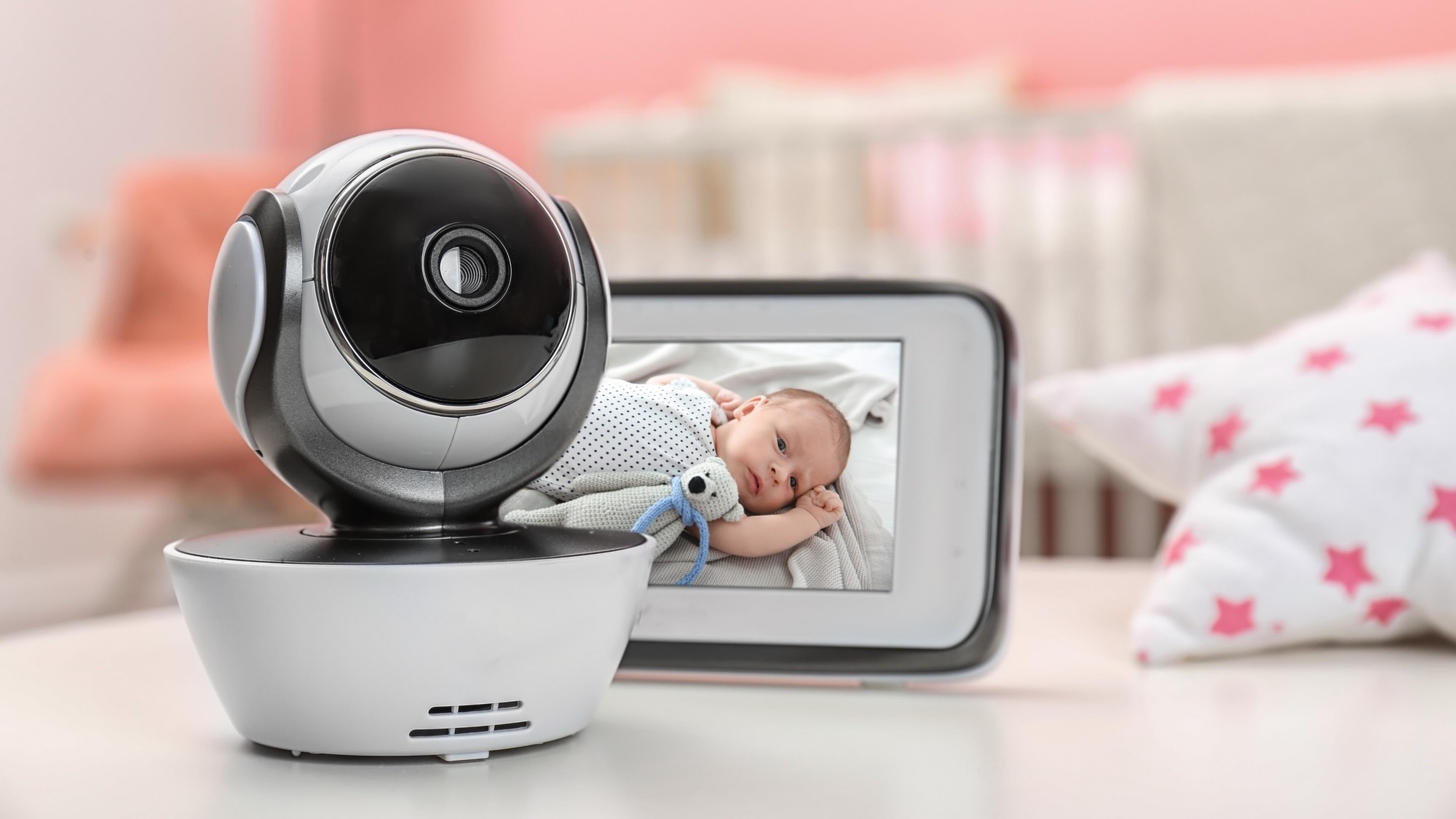
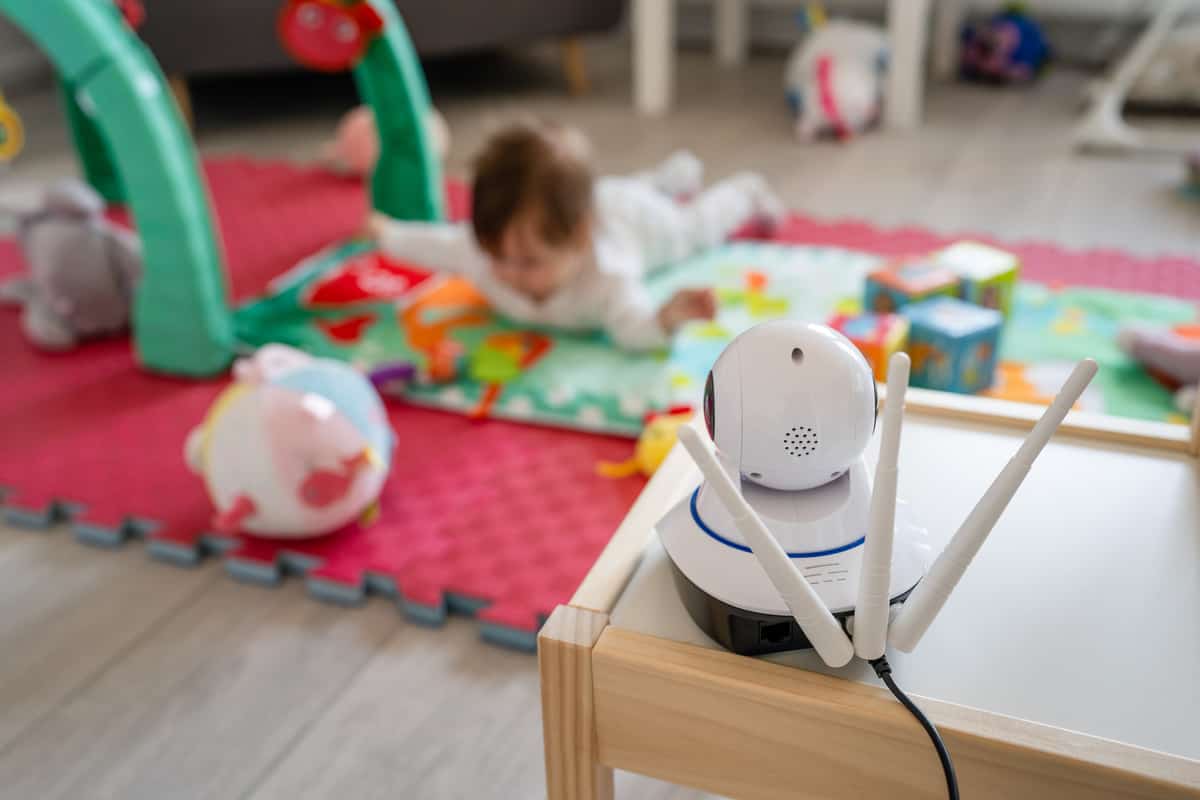
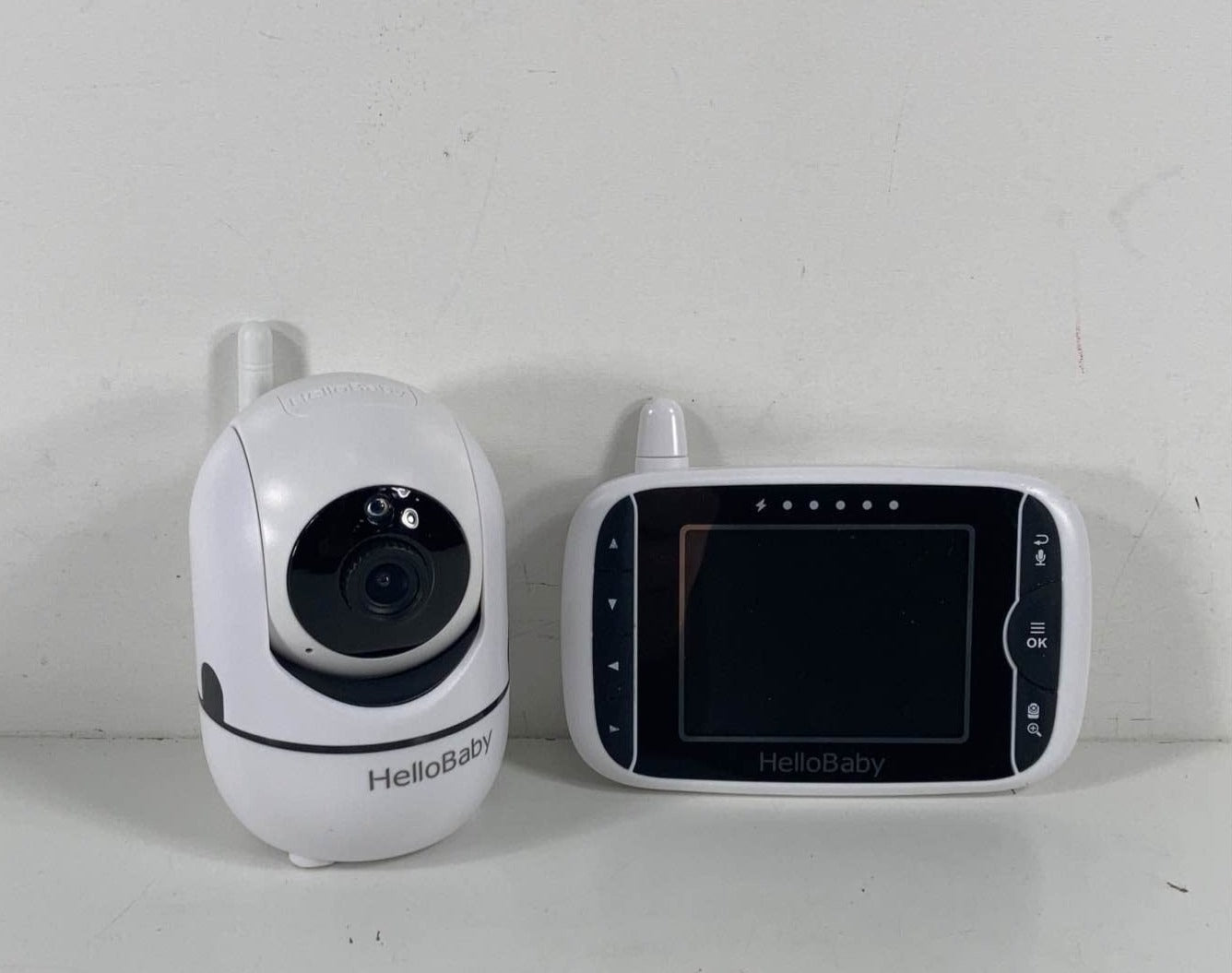
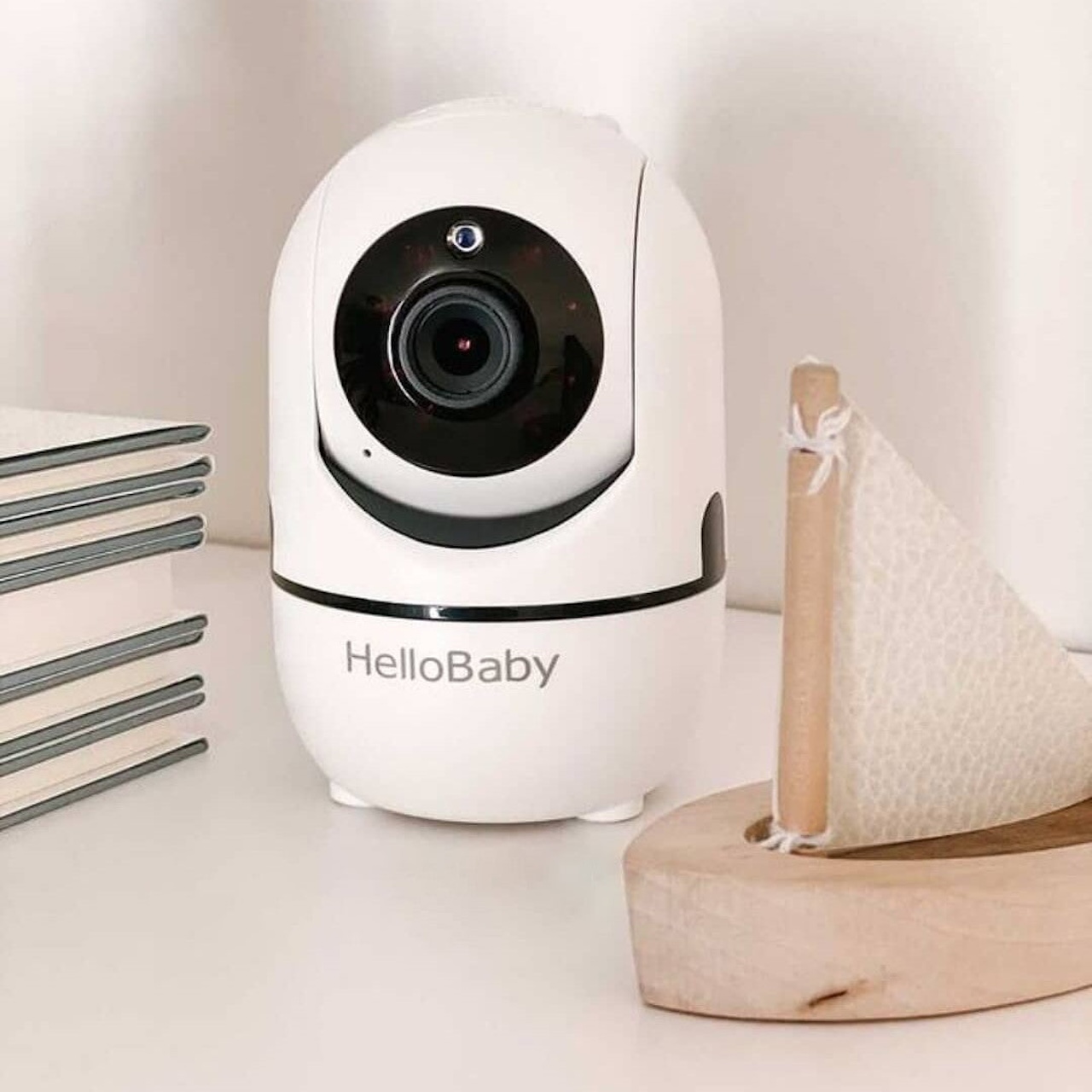
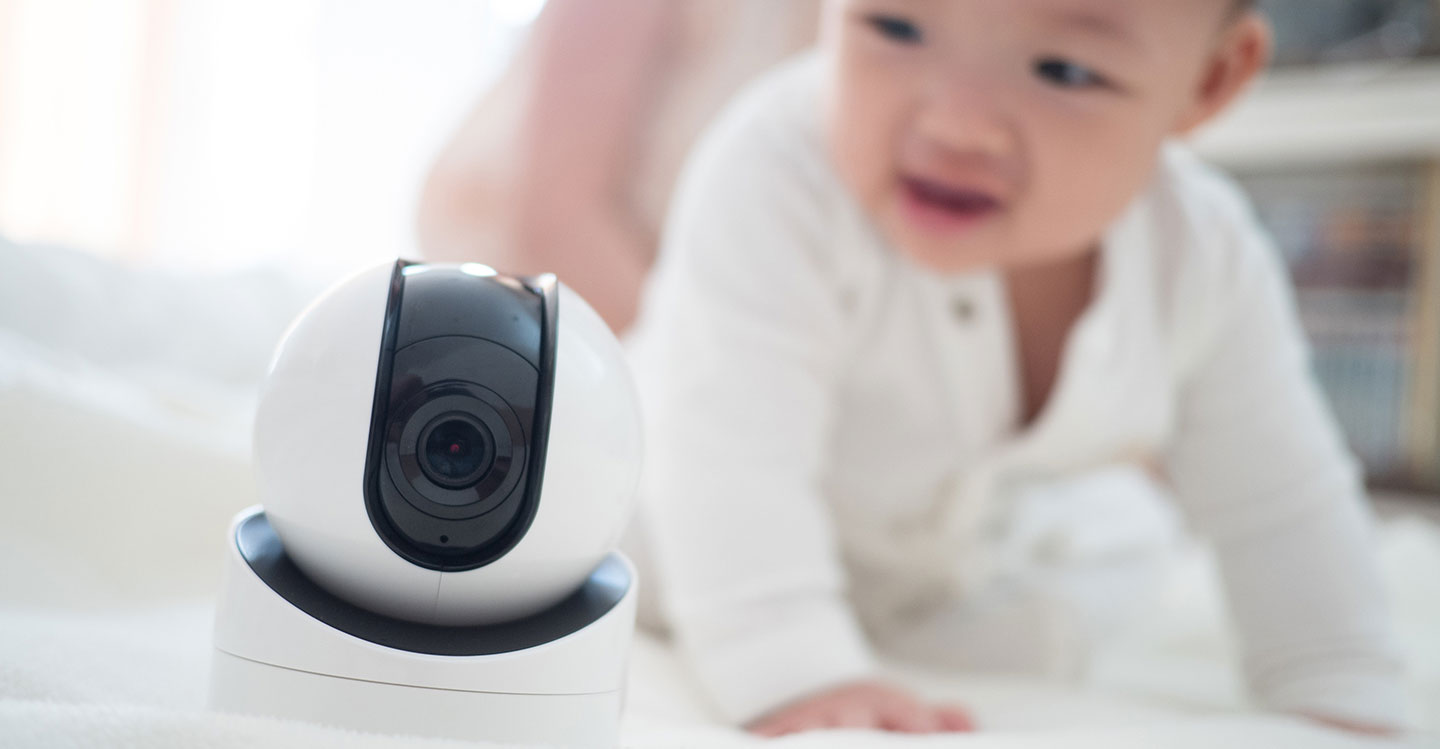
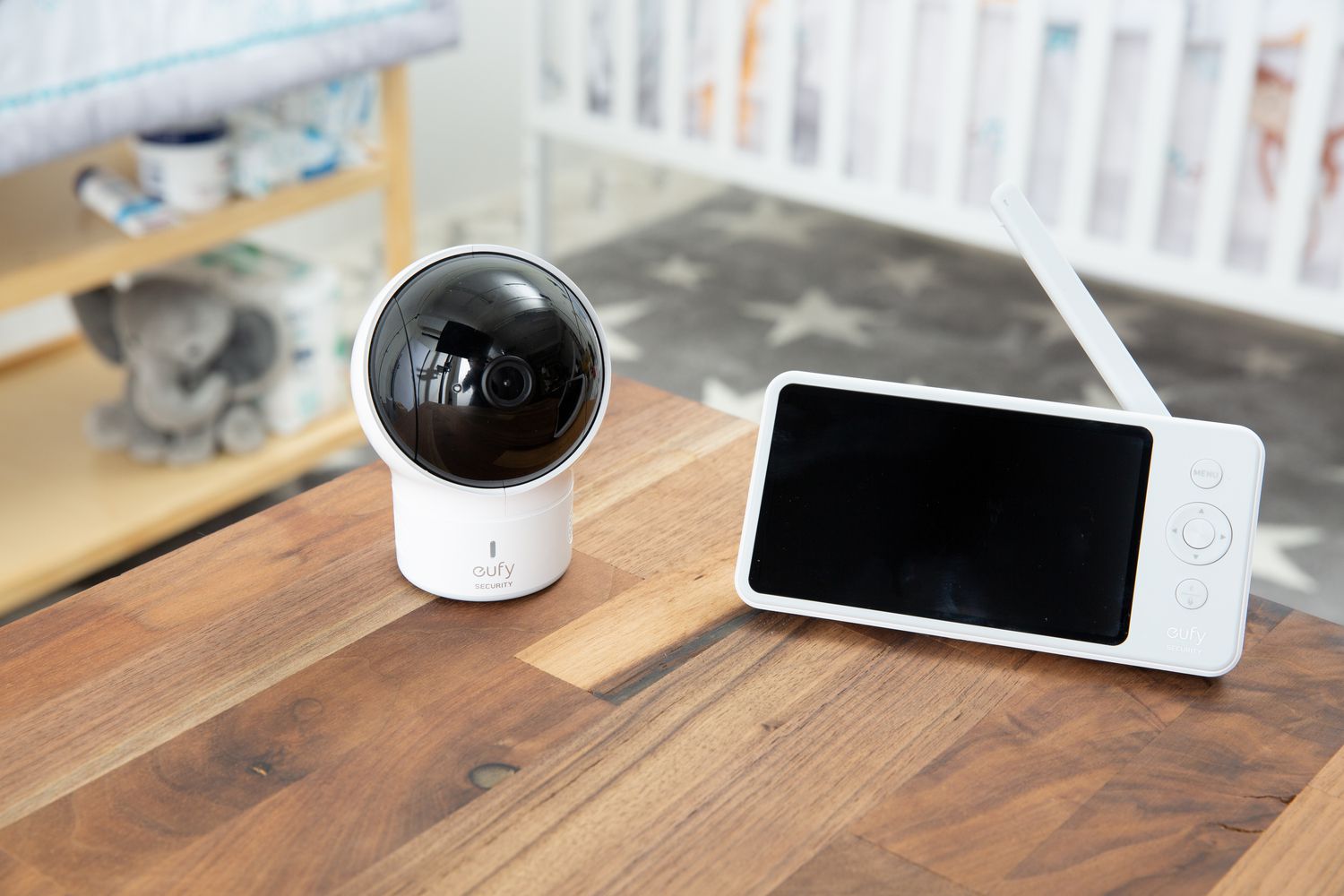
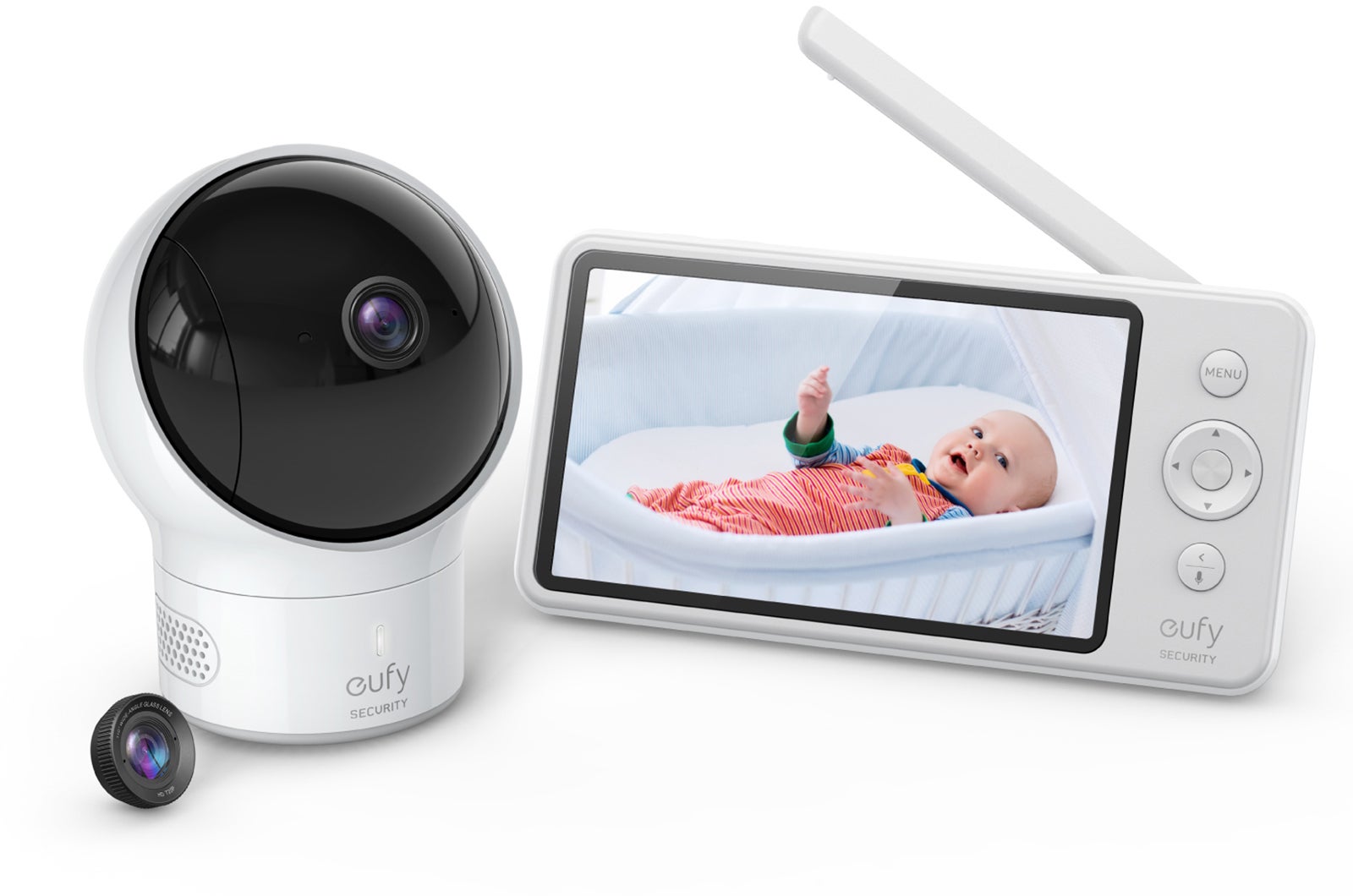
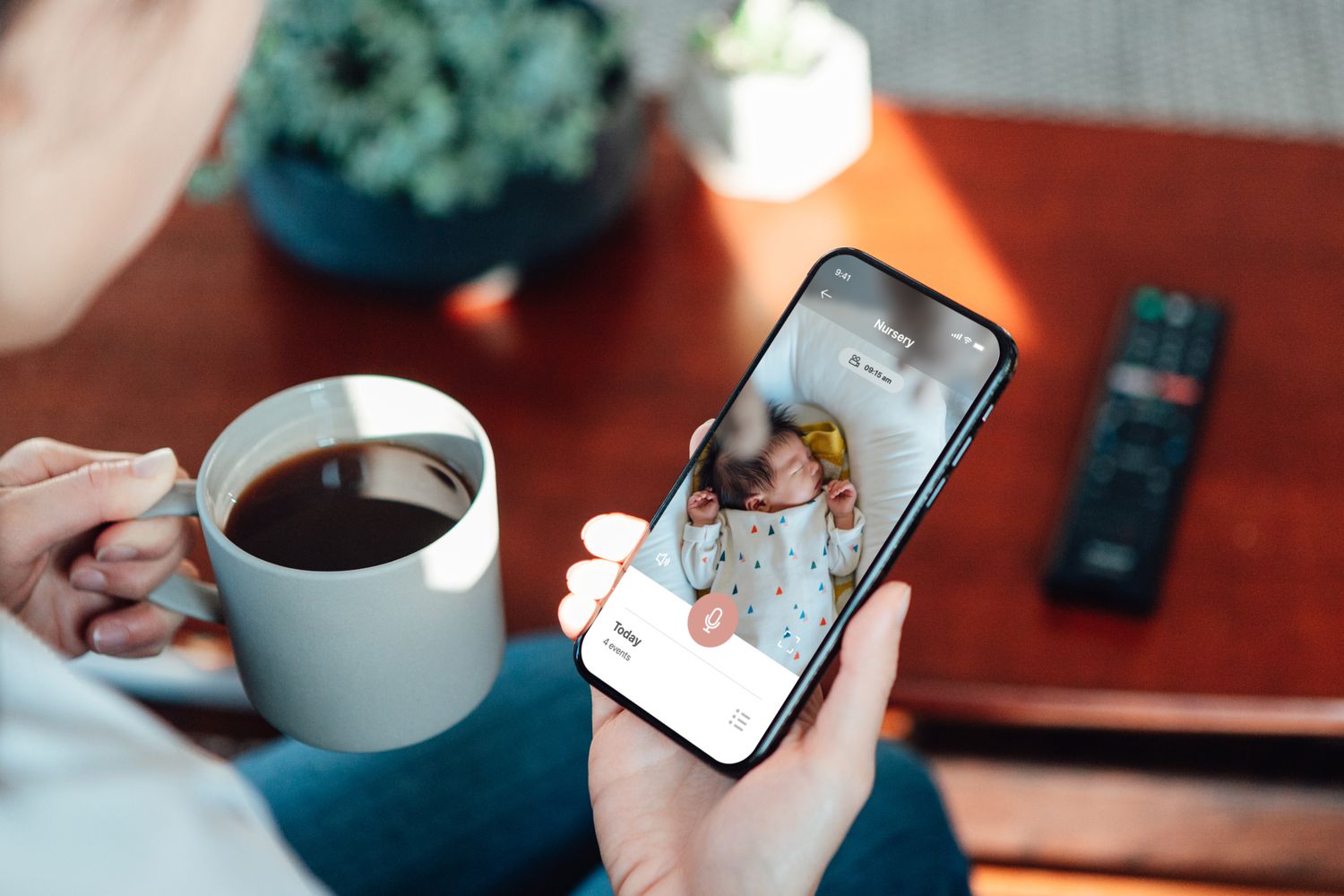
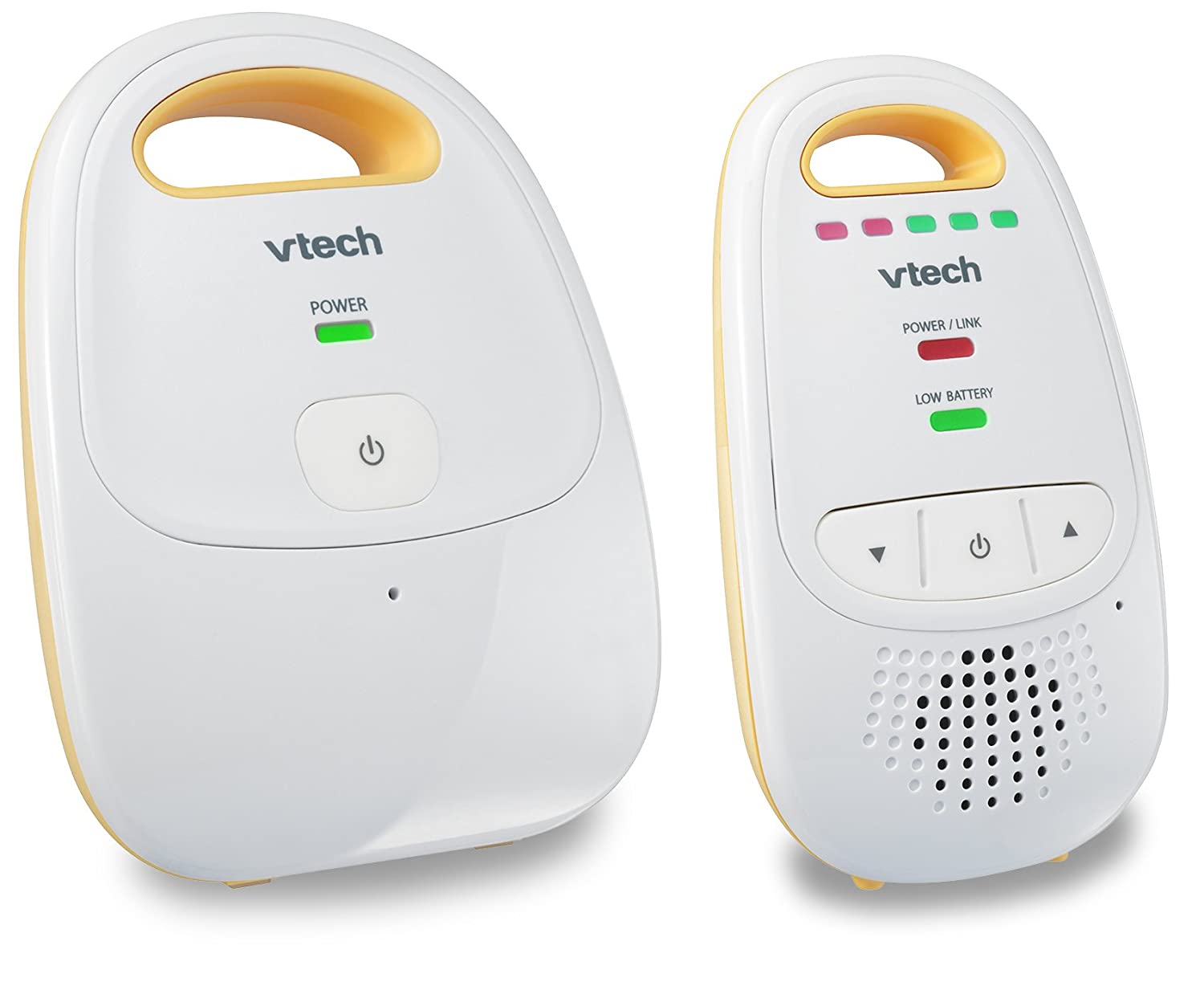
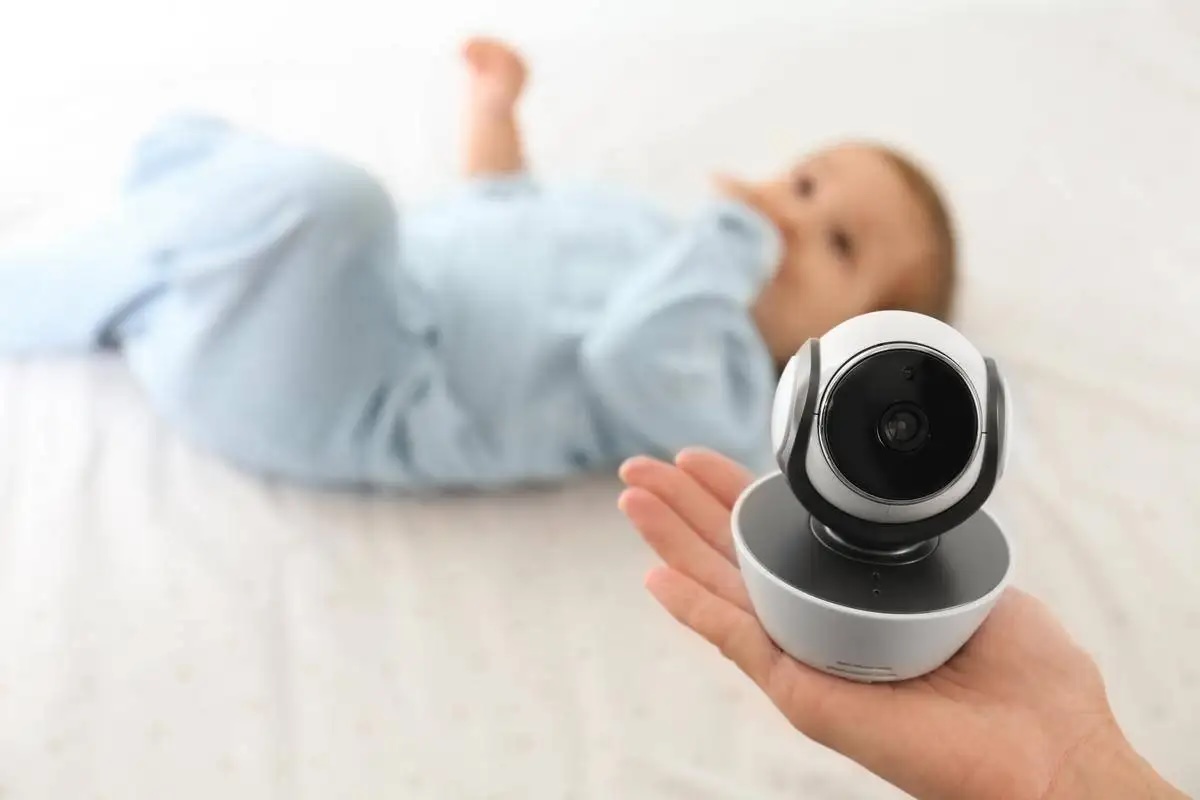
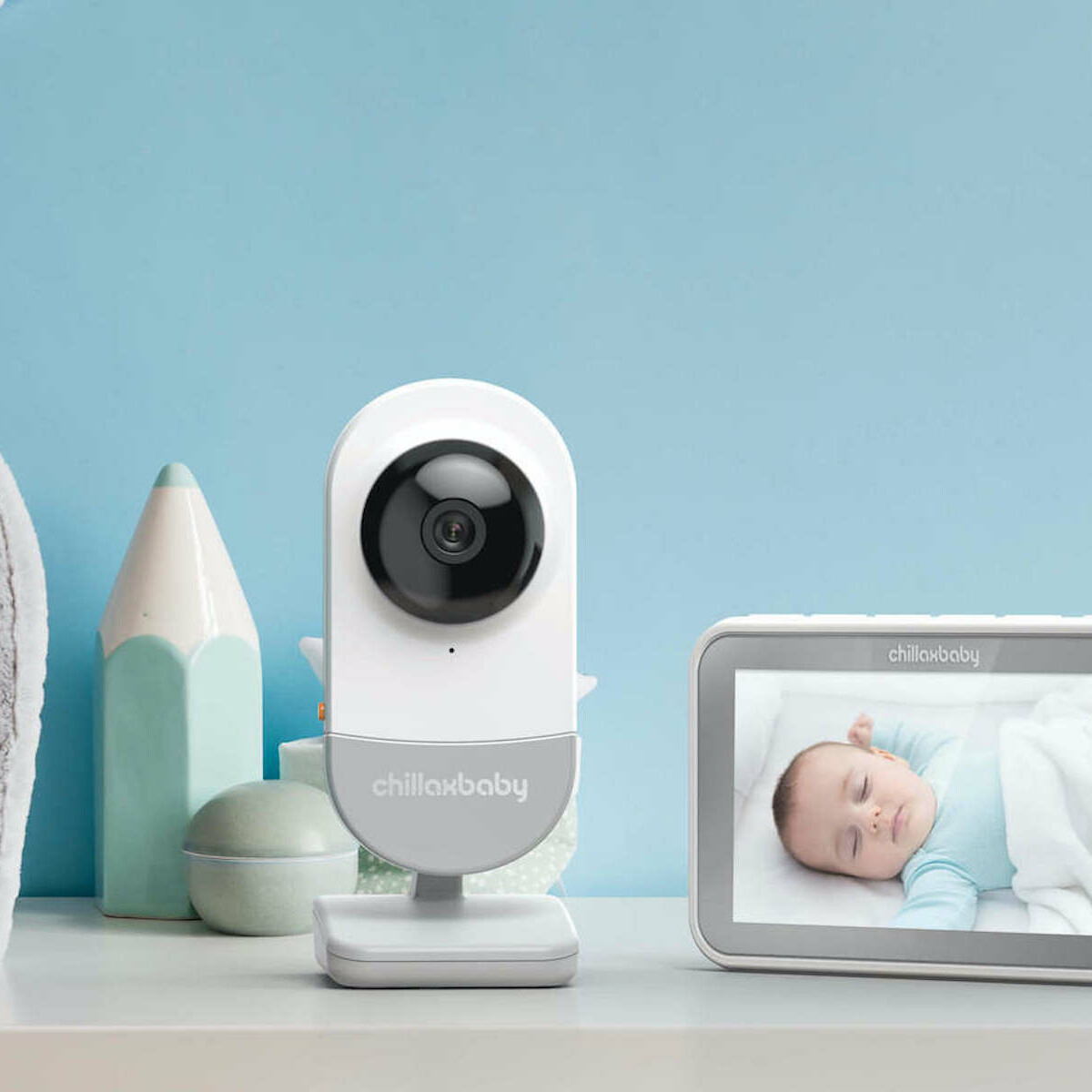
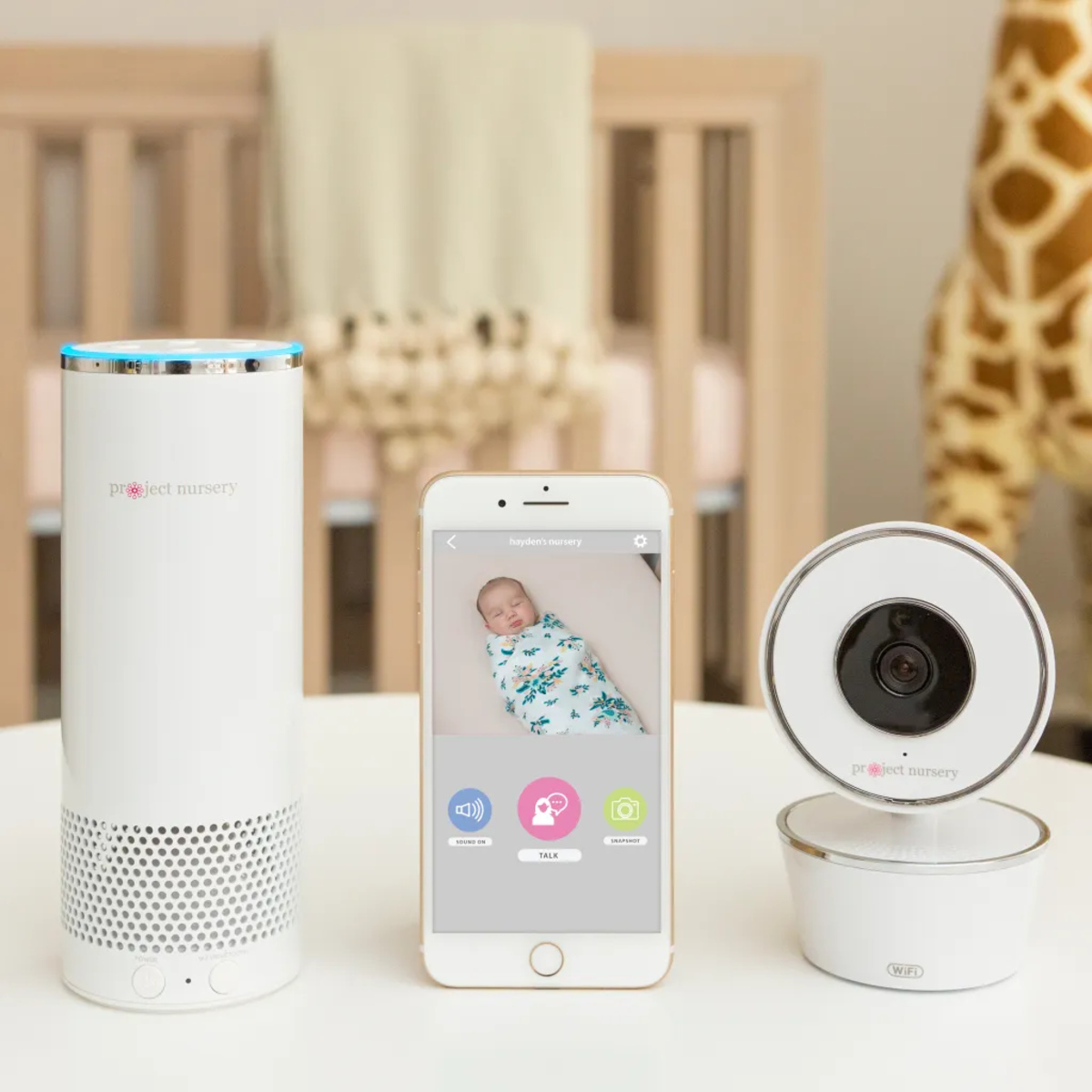

0 thoughts on “What Does “LL” Mean On A Baby Monitor”